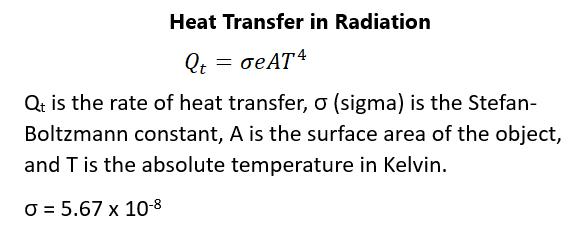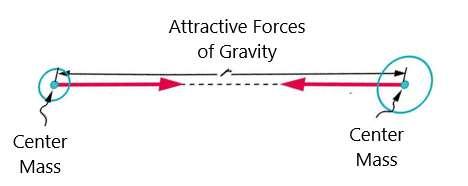the earth is tidal friction. This is small enough that it would take tens of millions of years before there will be a change in the Earth’s spin. This is the only external torque applied to the earth’s spin. A skater had increased angular velocity when she pulls her arms in because she changes her moment of inertia. The moment of inertia is related to the radius squared and the angular momentum equals the inertia times the angular velocity. Because angular momentum is preserved, the decrease in moment of inertia will greatly increase the velocity. The work done in pulling her arms in will increase the rotational kinetic energy.
COLLISIONS OF ROTATING OBJECTS When certain objects collide, we have been assuming that there is no rotational spin, while in reality, things like billiard balls and bowling pins will spin. Baseball pitchers throw curve balls by putting a spin on the ball and tennis players can put a “top spin” on a tennis ball. A simple collision involves hitting an object against a motionless stick that is attached as a lever on its far side. If the object sticks to the lever, both objects will spin about the pivot point. Angular momentum will be conserved but not kinetic energy because the two objects result in an inelastic collision. There is no torque observed at the pivot point because its anchored to a frictionless surface. If the object is seen as a point mass, the moment of inertia will be the mass times the radius squared. The angular momentum will be the inertia times the angular velocity so, if you know the value of the radius and the mass of the object striking the lever, you can determine the inertia. Figure 55 shows the equations involved:
120




































































